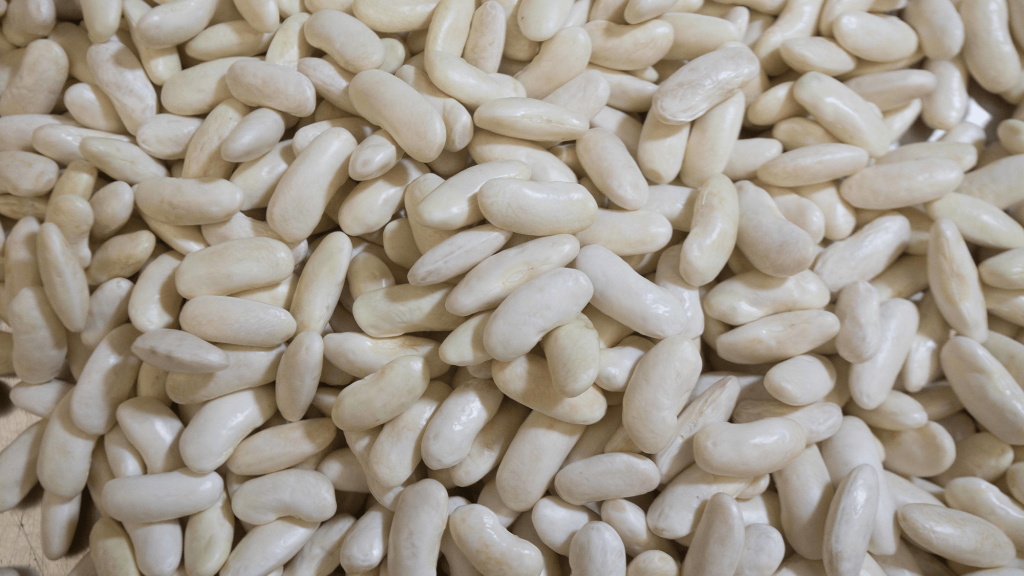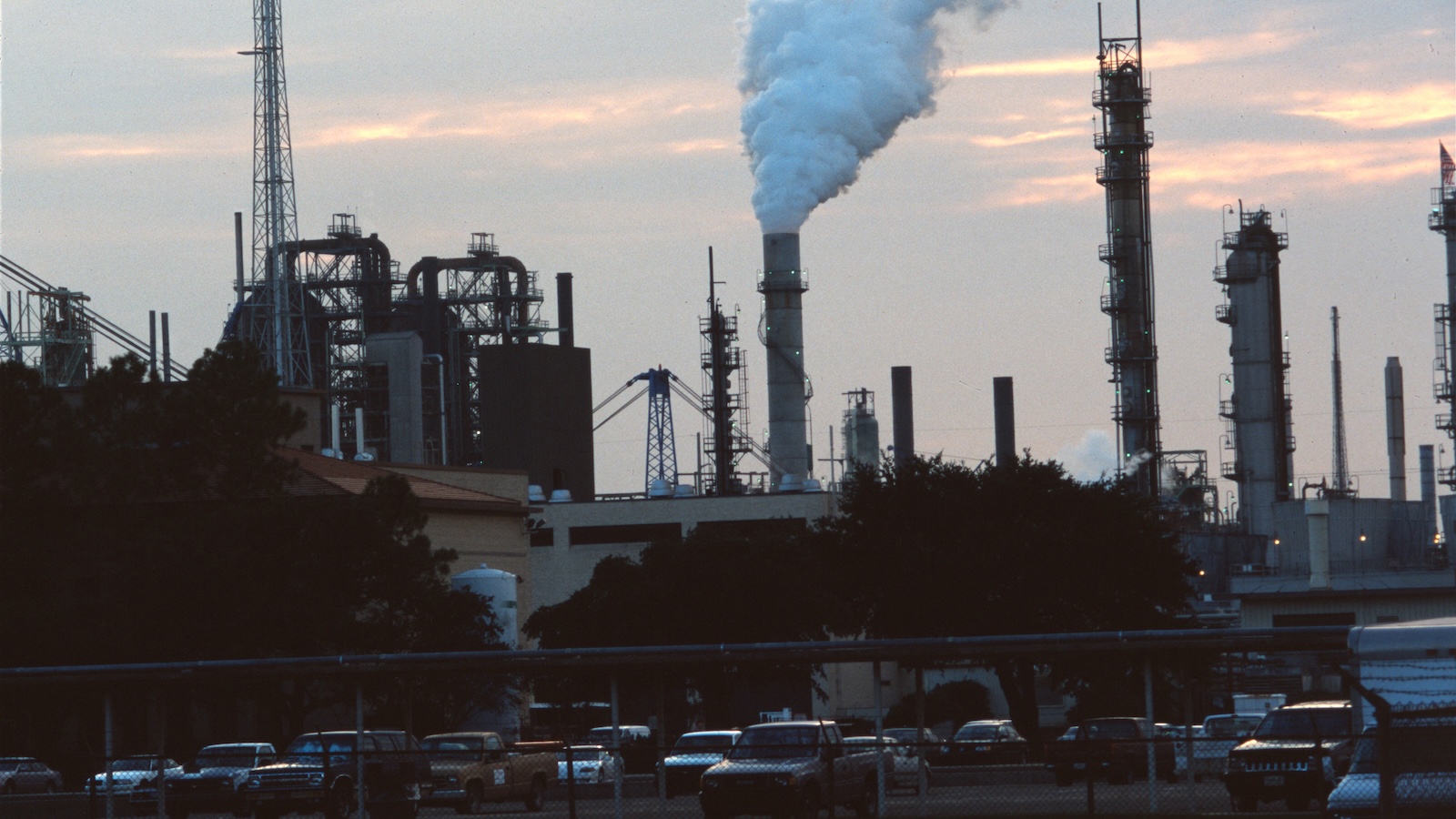Now Reading: Paper plants can emit as much CO2 as oil refineries. They’re flying under the radar.
-
01
Paper plants can emit as much CO2 as oil refineries. They’re flying under the radar.
Paper plants can emit as much CO2 as oil refineries. They’re flying under the radar.

For more than a century, Covington, Virginia has had one dominating feature: its paper mill. Smokestacks tower over the community of 5,500, many of whom work there. But according to a new report, the mill spews more nitrogen oxide, methane, and greenhouse gases than is generally known.
“The snow is not white here. It’s ash, it’s nasty, and it’s all over the place all of the time,” Robin Brown, a 65-year-old resident who lives near the mill, told the researchers. “And there’s that funky odor, like rotten eggs. It’s all you can smell.”
The Covington mill is among the industry’s worst polluters, according to a report the nonprofit Environmental Integrity Project, or EIP, released today. It detailed similar issues at 185 such facilities nationwide. And, because of Environmental Protection Agency reporting rules, the report found that climate-warming carbon dioxide emissions from those mills are being undercounted by some 350 percent.
The EPA houses the Greenhouse Gas Reporting Program, where facilities report their emissions of gases such as carbon dioxide, methane, and nitrous oxide. But EPA facility totals don’t include what are called biogenic CO2 emissions, or those that come from “natural sources” such as wood, which is a primary fuel for the paper industry.
According to the EIP investigation, the 10 pulp and paper mills that reported the most greenhouse gases in 2023 were able to lower their reported “total” emissions by between 61 and 90 percent each because they burned wood products. Biogenic emission data is buried deeper within EPA data and, when those emissions are included, the largest paper mills can emit as much as a large oil refinery, the report noted.
“It masks the true impact of the industry,” said Courtney Bernhardt, director of research for EIP and an author of the report. “It hides the fact that there is an urgent need to address.”
The American Forest & Paper Association, which represents the industry, did not respond to a request for an interview. The EPA told Grist it would review the report. Smurfit West Rock, which owns the mill in Covington, did not respond to a request for comment in time for publication.
EIP also used data from the National Emissions Inventory, an annual estimate of the output of gases like sulfur dioxide, methane, carbon dioxide, and dozens of others. One of the major reasons that pollution levels are so high, Bernhardt explained, is that many paper plants continue using outdated equipment that is far less efficient than modern machinery. The boiler at the Covington mill, for example, is 85 years old. The average age across the 185 facilities that the report found data for was 41 years.
The Clean Air Act effectively grandfathers in the equipment until it comes time to replace it, and the emissions reductions can be stark when that happens. Bernhardt cited the Ahlstrom’s Thilmany Mill in Wisconsin as an example. The plant, built in 1883, replaced its boiler in 2020 and emissions of sulfur dioxide, a health-harming air pollutant, fell from 4,800 tons to 410 tons. A facility in Washington saw an 87 percent drop and one in Georgia plummeted 96 percent.
“There’s going to be a large number of these plants that are going to need to install new boilers [in the next decade],” said Bernhardt. She would like them to move toward more efficient options, especially those that run on electricity derived from clean energy instead of natural gas. But it’s unclear exactly how, or how quickly, any transition will unfold.
“Developing a technology that can both be financially attractive and reduce carbon dioxide emissions is not easy,” said Sunkyu Park, a professor at North Carolina State University who specializes in pulp and paper processing. His research focuses on trying to develop a more efficient “recover boiler,” which accounts for the majority of CO2 emissions during production. He is studying electric options, as well as those that use less natural gas. His work remains at very early stages, but the goal is that “eventually industry can implement that technology.”
In the meantime, Bernhardt hopes the EIP’s report can focus attention on cleaning up an industry that is often seen as an alternative to plastics, but carries its own baggage.
“We need paper. We need cardboard,” she said. “[But] there’s a lot of greenwashing that makes paper seem cleaner than it really is.”























